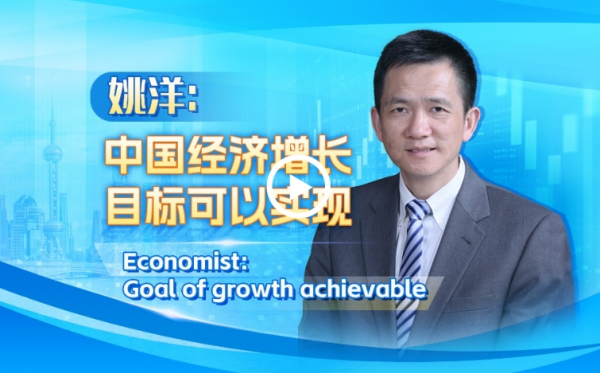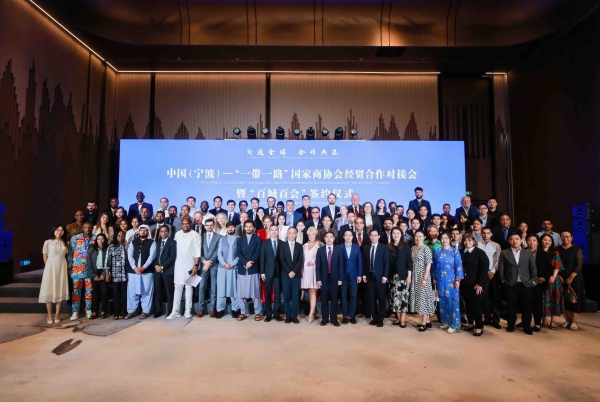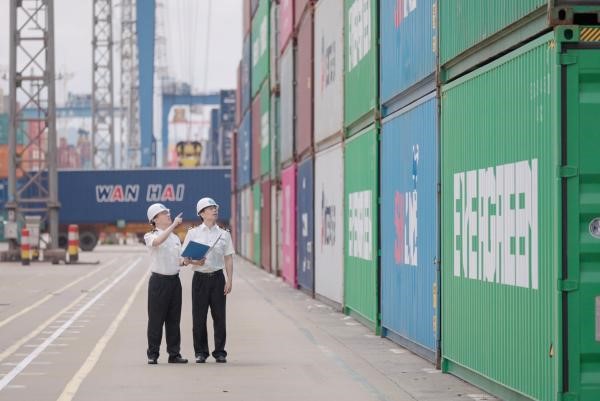Agricultural progress puts nation on solid footing

Farmers sort mushrooms in Xiayang village, Deqing, Zhejiang. WANG ZHENG/FOR CHINA DAILY
Complete victory
In February last year, China declared it has secured a complete victory in its fight against poverty. The country had achieved the UN goal of poverty eradication 10 years ahead of the 2030 deadline.
In China, anyone in a rural area earning less than about $2.30 a day is defined as impoverished. The World Bank's poverty line is $1.90 a day.
In 1980, China's per capita GDP was just over $200, but it now stands at about $10,000. The World Bank has acknowledged that the nation is responsible for more than 70 percent of the global reduction in poverty over the past four decades.
Kulkarni said no country has lifted so many people out of poverty in such a short time, adding that Xi has made more than 80 visits to rural areas in eight years to inspect his anti-poverty campaign.
From 1978 to 2018, China's GDP grew at an average annual rate of 9.4 percent, according to the FAO and the National Bureau of Statistics. The Chinese economy is now 37 times larger than it was in 1978, when the nation launched its reform efforts. As a result, by 2011, China had become the world's second-largest economy.
Nilotpal Basu, a former member of the Indian parliament and a politburo member of the Communist Party of India (Marxist), said China has achieved substantial progress in the structural transformation of the agricultural sector.
This is due to increasingly popular diversified management, better use of land resources, a higher proportion of high value-added farm produce and the introduction of technology-intensive agricultural goods, according to Basu.
In many countries, farmers need to spend more on agriculture than they earn from their produce, but China has addressed this problem to a great extent by making use of modern technology, Basu added.
The writer is a freelance journalist for China Daily.

 How will air taxis change our lives
How will air taxis change our lives  Economist: China's growth goal achievable
Economist: China's growth goal achievable  Major Heat brings peak summer energy
Major Heat brings peak summer energy 


